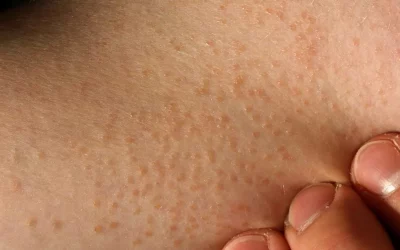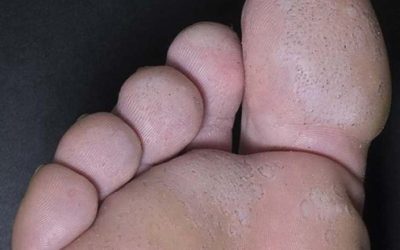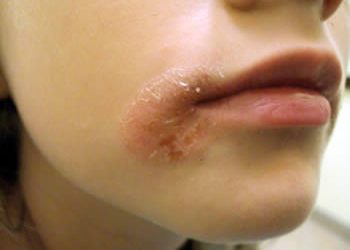Purpura simplex
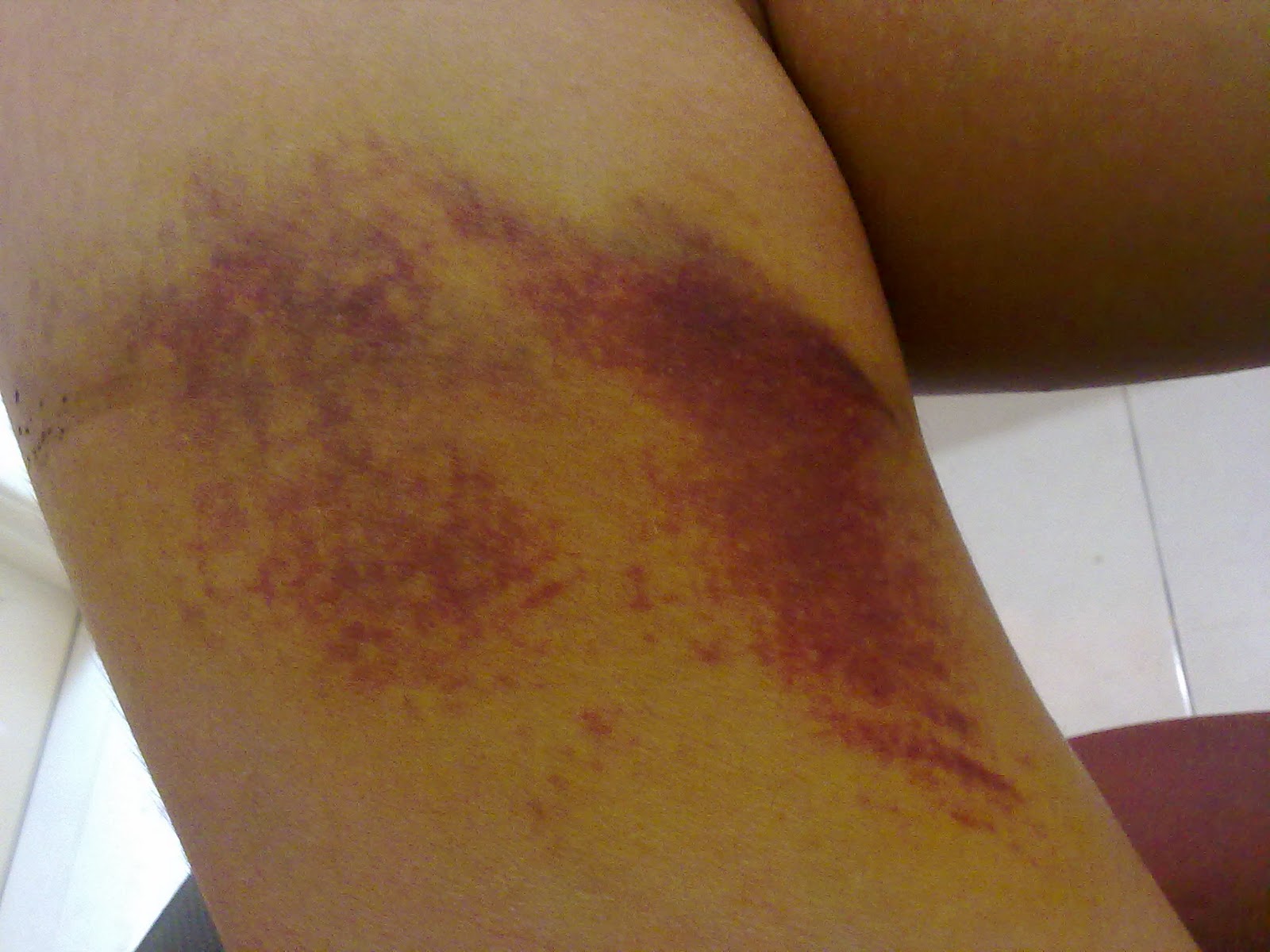
- very common disease
- affects more women than men
- the exact cause and mechanism remain unclear
- there may be various disorders as one of the symptoms or a variant of the norm
- there may be more cases of this disease in the family
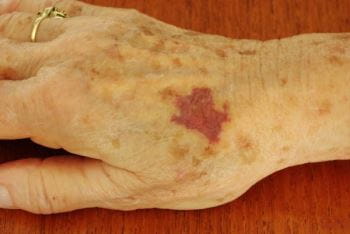
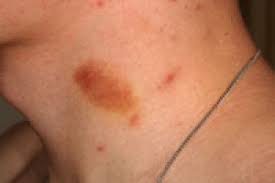
Risk factors
The following factors increase the likelihood of developing this disease:
- low body mass
- taking medicines that affect the clotting system.
- previous use of glucocorticoids (hormones).
- sun exposure
Purpura simplex is characterized by:
- discoloration of the skin and/or mucous membranes due to damage to small blood vessels and bleeding
- color changes occur on their own without previous bruising
- the initial color is violet, which goes through several stages over a few weeks, then the following colors can be seen: orange, brown, blue, green
- by size: up to 2 mm are called petechiae, larger ones are called ecchymoses
- localization: thighs, buttocks, upper arms
Diagnostics
In most cases, the patient’s survey and examination data are sufficient to establish the diagnosis. Blood tests may be performed, during which coagulation indicators are checked (a typical variant of the norm).
Treatment
There is no special treatment. The disease itself, in the absence of another illness, is not life-threatening. It is recommended to correct risk factors, avoid aspirin and preparations containing it.

Lichen nitidus
A rare inflammatory skin disease characterized by small, flesh-colored, shiny bumps on the skin.
Pitted Keratolysis
Non-inflammatory, bacterial skin disease of the palms and soles. Dotted pits are visible in the damaged skin, and an unpleasant smell is felt.
Angular cheilitis
allergic, viral, bacterial, fungal, mechanical, inflammation of the corners of the lips caused by certain drugs or concomitant diseases.

